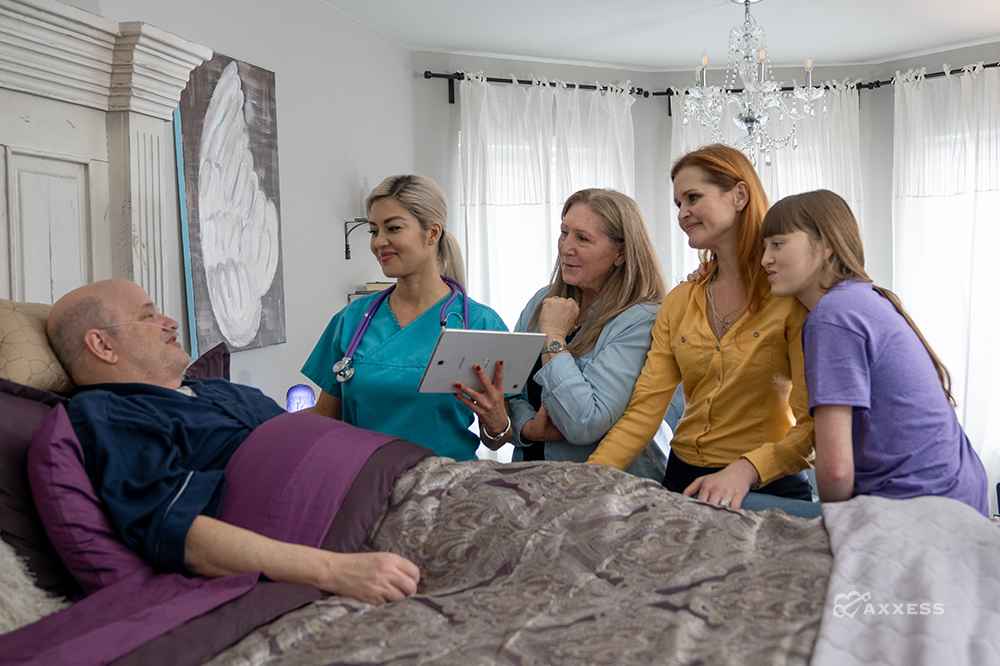
A Do Not Resuscitate (DNR) order is not required to be enrolled in hospice care. However, many providers believe it to be the most appropriate treatment choice for patients, given the severity of their condition. Hospice patients and family members often share this misconception because they see dramatizations in the media showing a person quickly recover when their heart stops. Studies do not validate this line of thinking. Although CPR outcomes have improved over time, the data for seriously ill seniors and other adults who are eligible for hospice do not show any improvement.
The probability of survival among chronically ill patients over 60 years of age with a life expectancy of under one year is 0-5% with CPR. Some of the improvement in success rates after CPR are thought to be related to the increased number of DNR orders for frail or chronically ill patients. This changes the sample to a greater percentage of patients with a higher chance of recovery after CPR. Also, most data is for CPR initiated in a hospital setting where immediate advanced cardiac life support (ACLS) protocols can be implemented. Most hospice patients live outside of a hospital setting. When a patient has advanced illnesses, successful CPR in the hospital still means the patient will die in that setting in nine out of ten cases. If a patient is sick enough to be in an ICU, the survival rate is as low as 2.2%.
Discussing DNR Orders
It is a challenge for hospice providers to discuss a DNR order with family members and patients who may be reeling from the shock of receiving a terminal diagnosis and want to hang on to hope that they can recover. However, this conversation is essential for patient comfort and dignity. It also is good to address the long-term effects on family members as they watch CPR being performed on a loved one. Studies have shown that when seniors are given appropriate medical information regarding probabilities of success, a vast majority of the time they choose to sign a DNR document.
One suggestion for having the DNR conversation is to ensure the patient and family understand the DNR only impacts CPR. It does not impact any other treatment for comfort, nutrition, or medications to treat conditions as appropriate. DNR does not mean “Do Not Treat.” It is only applicable when the patient’s cardiac or respiratory function ceases. It is also appropriate to discuss and document in the hospice software what the patient and family believe will be the best outcome of CPR. While a patient may have cardiac function restored, they also are likely to have brain damage from lack of oxygen during the arrest, and other organs may be impacted as well. Furthermore, the underlying disease process that caused the cardiac or pulmonary arrest will not be healed after CPR. The stress on the body may make the underlying disease process even worse.
While the topic of DNR orders is often difficult to initiate, even for hospice providers, giving patients and families the appropriate medical information is essential for them to make an informed decision.
